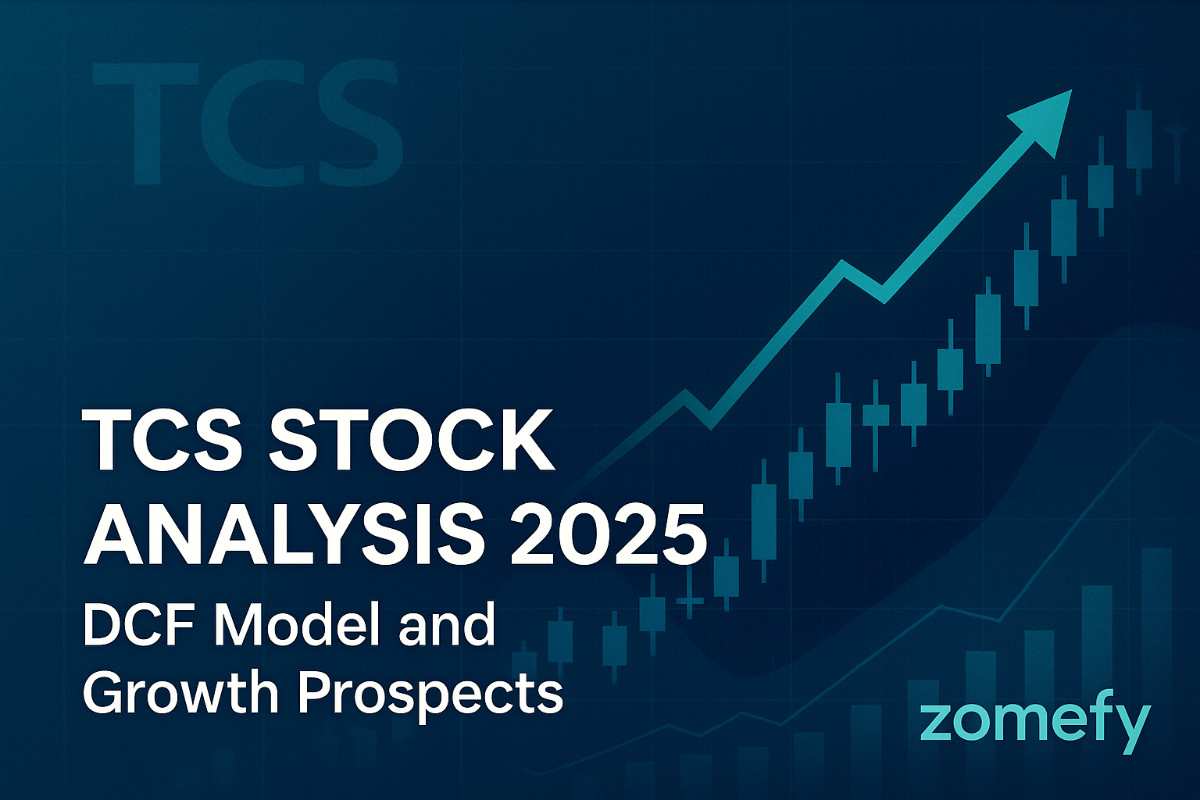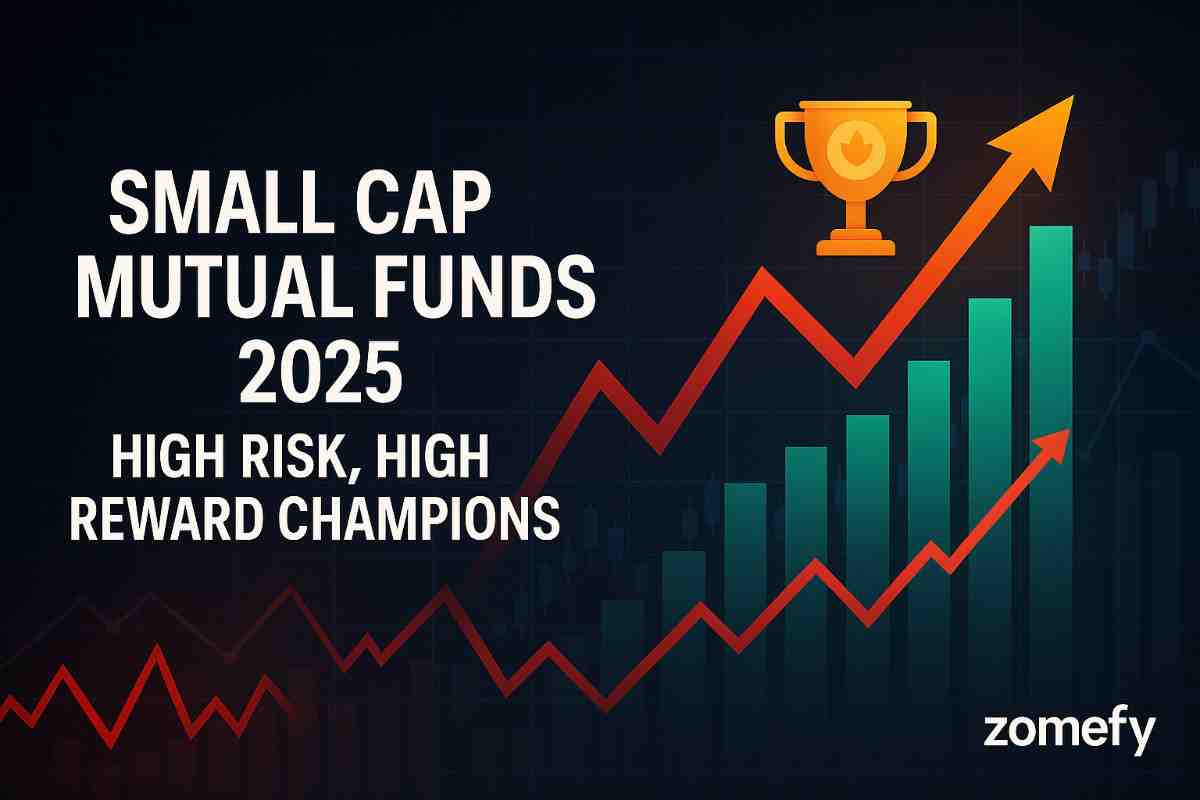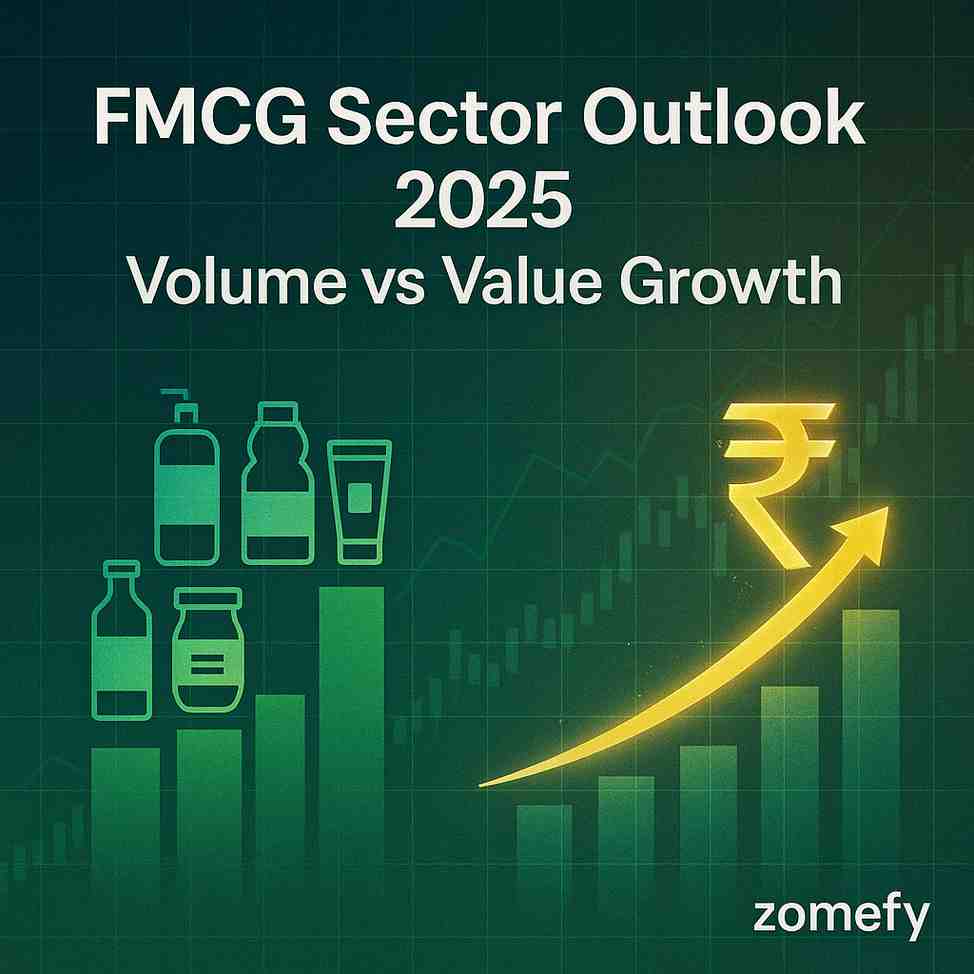Banking Sector Valuation 2025: Complete Framework
Comprehensive analysis of banking sector valuation in 2025. Complete framework for analyzing HDFC Bank, ICICI Bank, SBI, and other banking stocks with DCF models and financial ratios.
Banking Sector Valuation 2025: Complete Framework
What You Can Do Next
- Read the full article for complete insights
- Save for later reference
- Share with others learning about this topic
Image not available
The Indian banking sector stands at a crucial juncture in 2025, with evolving regulatory landscape, digital transformation, and changing customer preferences reshaping the industry. As we analyze the banking sector's valuation framework, understanding the unique characteristics of banking stocks becomes essential for investors. This comprehensive analysis provides a complete framework for evaluating banking sector investments, focusing on key players like HDFC Bank, ICICI Bank, and State Bank of India.
Banking Sector Overview 2025
The Indian banking sector has undergone significant transformation in recent years, with digital banking, fintech integration, and regulatory reforms driving change. The sector's performance is closely tied to economic growth, interest rate cycles, and credit demand patterns.
Current Market Dynamics
The banking sector in 2025 is characterized by strong credit growth, improving asset quality, and digital transformation. Key trends include increased digital adoption, fintech partnerships, and focus on sustainable banking practices. The sector is well-positioned to benefit from India's economic growth and infrastructure development.
Regulatory Environment
RBI's regulatory framework continues to evolve with focus on digital banking, cybersecurity, and sustainable finance. Recent policy changes include digital lending guidelines, open banking framework, and enhanced risk management requirements. These regulations are shaping the future of banking in India.
Key Banking Stocks Analysis
Analysis of major banking stocks reveals distinct investment opportunities based on their business models, growth strategies, and risk profiles. Each bank has unique strengths and challenges that investors must consider.
HDFC Bank: The Market Leader
HDFC Bank continues to be the gold standard in Indian banking with its strong retail focus, digital capabilities, and consistent performance. The bank's merger with HDFC Limited has created a comprehensive financial services powerhouse. Key strengths include strong CASA ratio, robust risk management, and extensive branch network.
ICICI Bank: Digital Transformation Champion
ICICI Bank has successfully transformed itself into a digital-first bank with strong technology capabilities and customer-centric approach. The bank's focus on digital banking, wealth management, and corporate banking has driven consistent growth. Key strengths include digital innovation, strong corporate relationships, and efficient operations.
State Bank of India: The Public Sector Giant
SBI remains the largest bank in India with extensive reach and government backing. The bank has improved its operational efficiency and digital capabilities significantly. Key strengths include extensive branch network, government support, and improving asset quality.
Banking Sector Valuation Framework
Banking sector valuation requires specialized metrics and frameworks due to the unique nature of banking business. Traditional valuation methods need to be adapted for banking-specific factors.
Key Financial Metrics
Banking stocks are evaluated using specialized metrics including Net Interest Margin (NIM), Cost-to-Income Ratio, Return on Assets (ROA), Return on Equity (ROE), and Credit-to-Deposit Ratio. These metrics provide insights into operational efficiency, profitability, and risk management.
Asset Quality Analysis
Asset quality is crucial for banking stocks, measured through Gross NPA ratio, Net NPA ratio, Provision Coverage Ratio, and Slippage Rate. Improving asset quality indicates better risk management and sustainable profitability.
DCF Valuation for Banks
DCF valuation for banks requires modeling of net interest income, fee income, credit costs, and capital requirements. The key is to project future earnings based on loan growth, margin expansion, and credit quality improvement.
Investment Opportunities and Risks
The banking sector offers attractive investment opportunities but also carries specific risks that investors must understand and manage effectively.
Growth Opportunities
Key growth drivers include digital banking adoption, fintech partnerships, rural banking expansion, and infrastructure financing. Banks with strong digital capabilities and efficient operations are well-positioned to capitalize on these opportunities.
Risk Factors
Key risks include interest rate volatility, credit quality deterioration, regulatory changes, and competition from fintech companies. Investors must assess each bank's ability to manage these risks effectively.
Conclusion
The Indian banking sector presents compelling investment opportunities in 2025, driven by digital transformation, economic growth, and improving asset quality. However, successful investing in banking stocks requires understanding of sector-specific dynamics, regulatory environment, and individual bank characteristics. The framework outlined in this analysis provides investors with the tools needed to evaluate banking sector investments effectively. Focus on banks with strong digital capabilities, efficient operations, and sustainable growth strategies for long-term wealth creation.
Frequently Asked Questions
What are the key metrics to evaluate banking stocks?
Key metrics for banking stocks include Net Interest Margin (NIM), Cost-to-Income Ratio, Return on Assets (ROA), Return on Equity (ROE), Gross NPA ratio, Provision Coverage Ratio, and Credit-to-Deposit Ratio. These metrics provide insights into profitability, efficiency, and risk management.
How do interest rate changes affect banking stocks?
Interest rate changes affect banking stocks through their impact on Net Interest Margins (NIM). Rising rates generally benefit banks with higher CASA ratios, while falling rates may compress margins. Banks with strong liability management and efficient operations are better positioned to handle rate changes.
What is the difference between private and public sector banks?
Private sector banks generally have better operational efficiency, digital capabilities, and customer service, but may have higher valuations. Public sector banks have extensive reach, government backing, and lower valuations, but may face operational challenges and higher NPAs.
How do I assess the risk profile of banking stocks?
Assess banking stock risk through asset quality metrics (NPA ratios, provision coverage), capital adequacy ratios, loan portfolio composition, and management quality. Banks with strong risk management, diversified portfolios, and adequate capital buffers are generally lower risk.
What role does digital transformation play in banking valuations?
Digital transformation is crucial for banking valuations as it drives operational efficiency, customer acquisition, and revenue growth. Banks with strong digital capabilities, fintech partnerships, and innovative products command premium valuations and are better positioned for future growth.
Continue Your Investment Journey
Discover more insights that match your interests

TCS Stock Analysis 2025: DCF Model and Growth Prospects
Complete fundamental analysis of TCS with DCF valuation model, growth prospects, and investment recommendation for 2025.

Cement Sector Valuation 2025: Regional vs Pan-India Players
Comprehensive cement sector valuation analysis for 2025 with regional vs pan-India players framework. Analyze UltraTech, Shree Cement, Dalmia Bharat performance and investment opportunities in Indian cement sector.

Small Cap Mutual Funds 2025: High Risk, High Reward Champions
Explore small cap mutual funds for 2025 with high risk, high reward analysis. Compare top performing small cap funds with growth potential and investment strategies.

FMCG Sector Outlook 2025: Volume vs Value Growth
Comprehensive FMCG sector outlook for 2025 with volume vs value growth analysis. Analyze HUL, ITC, Nestle, Britannia performance and investment opportunities in Indian FMCG sector.
Explore More Insights
Continue your financial education journey
